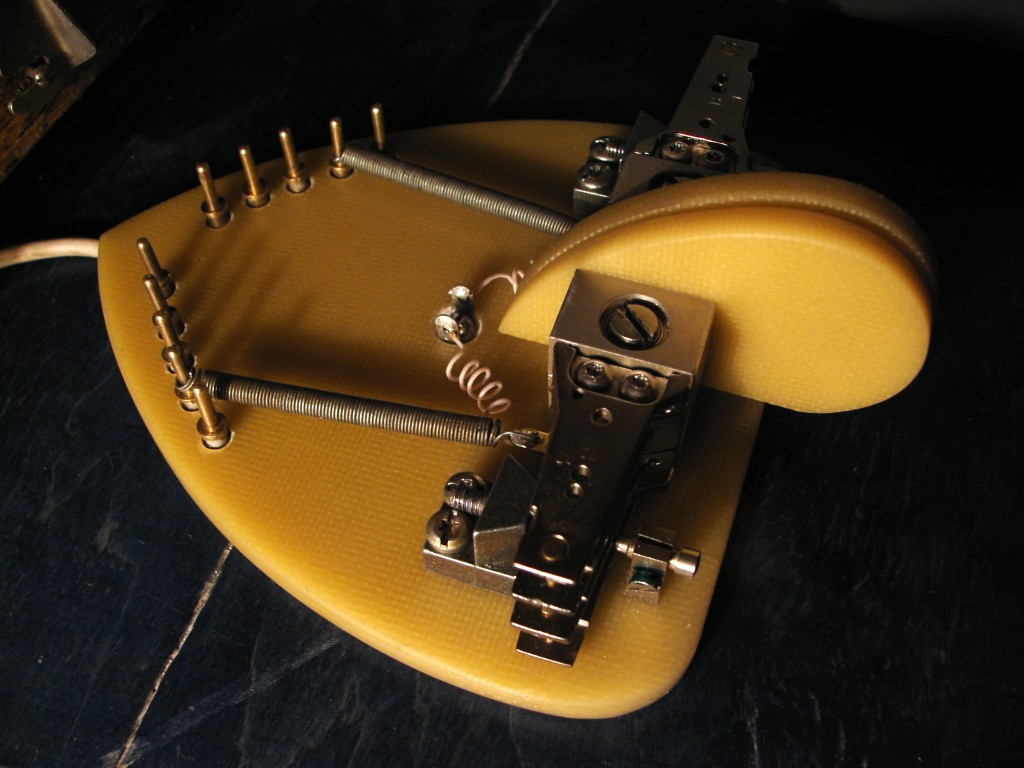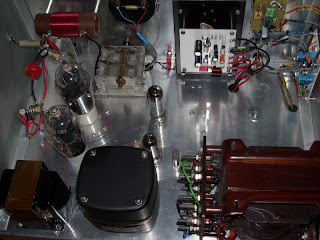
I found this article in the Lloyds Dipsy Dumpster - site, where you can find a lot of rare vintage radio articles, manuals and data sheets.
It is remarkable, that "Pilot Radio & Tube Corporation", well known as a manufacturer of the great Super-Wasp receivers, was a publisher of a Ham-Radio literature, handbooks and magazines, as well as many of early radio manufacturing companies. As for me, I like that sort of advertising much more, than modern spam in my mailbox and if it would be possible, it should be a nice choice to make this QRP transmitter using a native Pilot's parts only.
Anyway, when I've read this article, one interesting fact has drawn my attention - I can recognize the TNT when I see a TNT design, but in the text this transmitter has been described as a TPTG.. Moreover, there is a grid capacitor on the assembles view, but with a opposite description below: "condenser is not needed". So, in the article we can see that mysterious moment, when as the chrysalis becomes the butterfly, TPTG transmitter was transformed into a trendy TNT.









